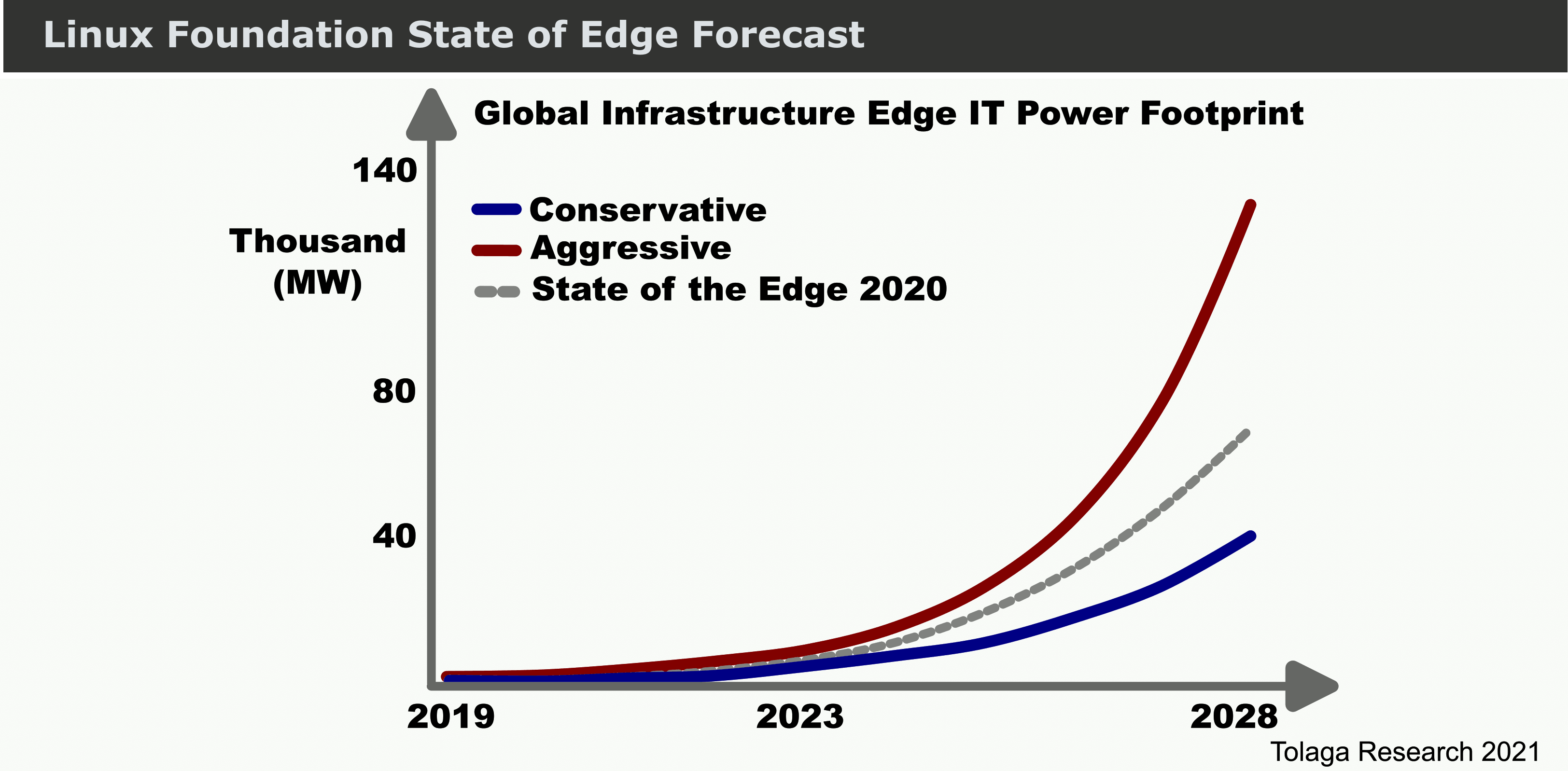
Contact Us: contact@tolaga.com

Let us help your company share its success and thought leadership. We prepare white papers, custom reports, and keynote presentations with a deep understanding of the underlying industry, stakeholder, and market dynamics underpinning the topic. Depending on customer demands, reports are published as Tolaga research reports with sponsor attribution recognition or ghostwritten. Recent topics include:
Top-down industry forecasts are a 'dime-a-dozen.' They might be helpful for a high-level marketing pitch, but not much else.
The underlying assumptions that drive industry forecasts usually are much more helpful than the forecast itself since they indicate market sentiment and provide a basis for sensitivity analyses.
With a Tolaga forecast, you don't just get Excel charts and forecast numbers. Instead, you get entire 'bottom-up' forecast models that precisely lay out key assumptions, data sources,
and methodology. Several examples include:

|
Learn More |
How good is your company's online presence?
Which stakeholders have the most 'voice' with a particular technology, and which industries do they support?
Web crawlers identify and store thousands of targeted online content sources.
The resulting corpus is analyzed to identify stakeholder companies, their activities, and their relative dominance in online content.
Case Study:
|
Robust financial models and simulation tools bring investor confidence, encourage customers and bring strategic focus.
We have extensive experience building integrated financial models for
debt and equity investors, profitability models for would-be customers, economic models for public agencies and simulation tools to investigate technology performance for financial
research, planning, marketing, and other promotional activities.
Case Study:
|
Case Study:
|
How mature is your market, and how will this change over the next five years?
Stop relying on subjective perception and conceptual hype-cycles!
Instead, Tolaga's Online Activity Index are created using thousands of indexed web searches and natural language processing (NLP)
to measure online activity to identify market progress and maturity. Historical cycles for comparable solutions provide a basis for forecasting.
Based on measuring online activity, identify cycles through speculation, transition and clarity of either sustainable growth or decline.
|
|
Are you missing out on critical competitor and partner intelligence? Harvest company information from websites and other online sources with intelligent web crawlers and indexed web searches.
Case Study:
|
Case Study:
|
Align Technology and Market Strategies to Maximize Opportunities. Causal mapping and system dynamics enrich market models and enable sophisticated scenario planning, and targeted market assessments bring closer alignment between technology assets and market opportunities.
Tolaga's consultants have over 20 years of experience applying causal mapping and system dynamics to industry, technology, and market models to identify unique and actionable insights, expose risks, and evaluate alternative scenarios.
